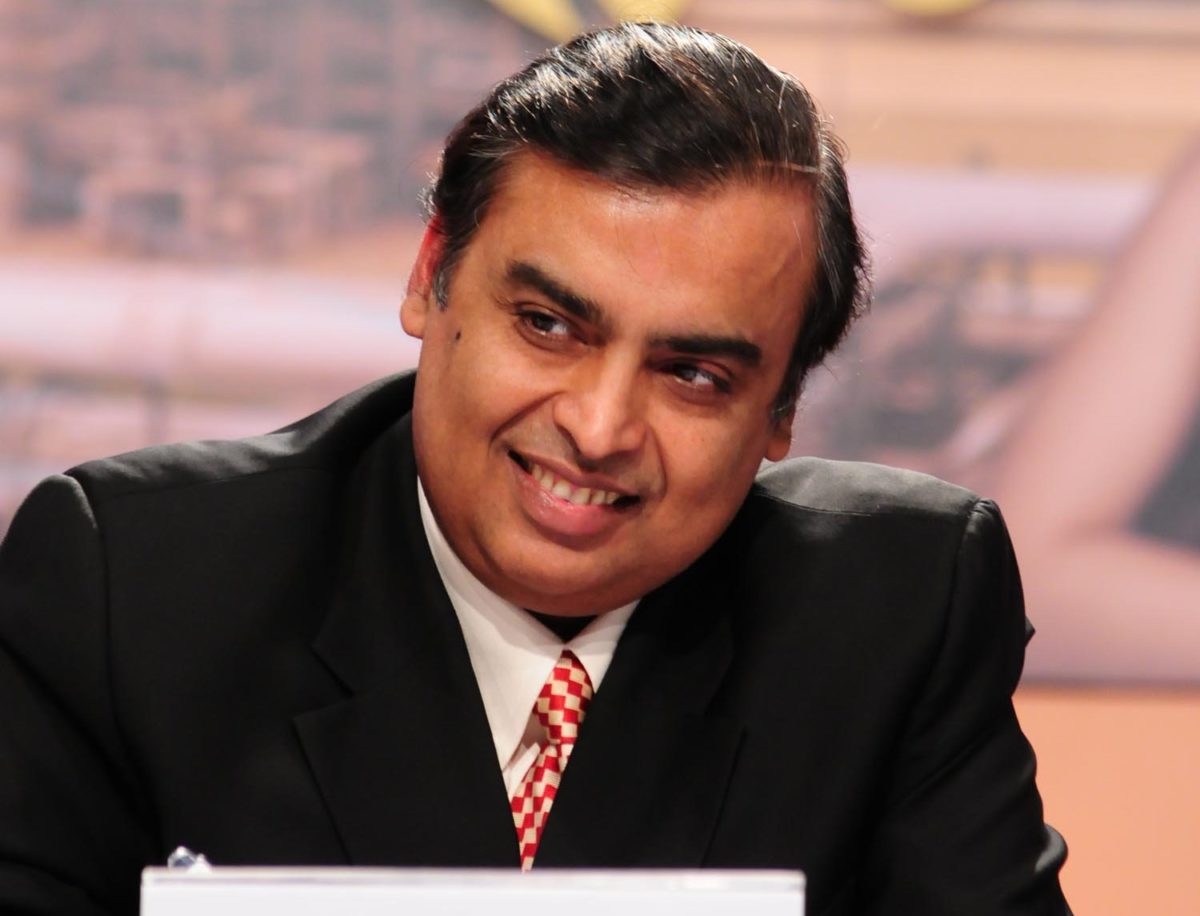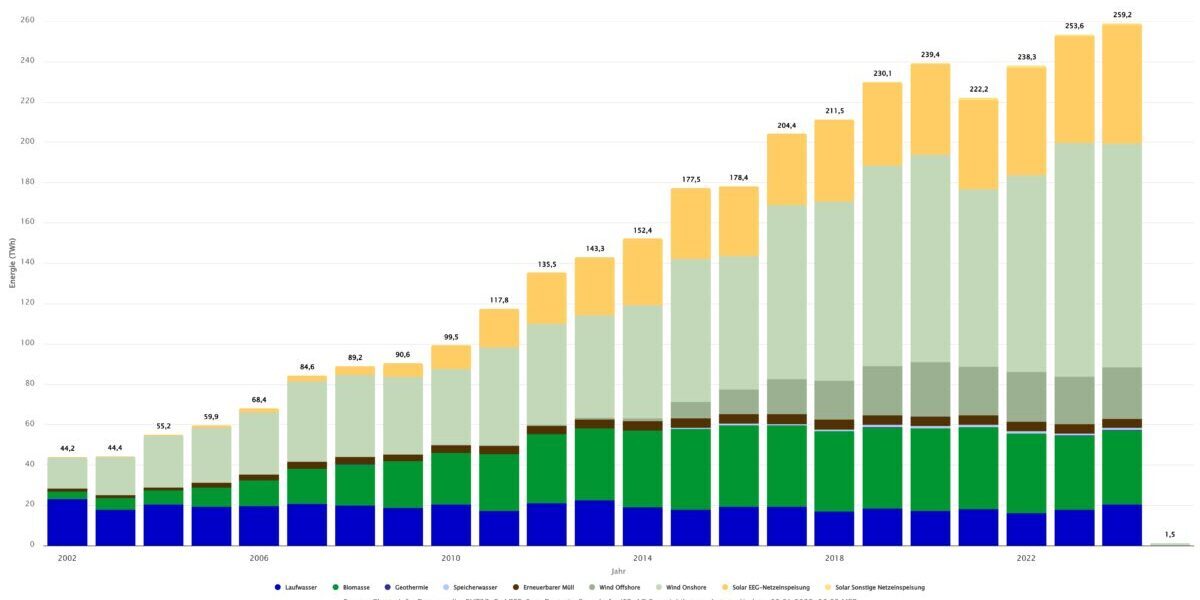From pv magazine India
Mukesh Ambani, chairman and managing director of Reliance Industries, said this week that the company’s 10 GW solar cell and module factory in Jamnagar, Gujarat, will start production by 2024. The group will then scale its annual output capacity to 20 GW by 2026 in a phased manner.
Reliance Industries said it will use REC Solar‘s technology for solar manufacturing at the Jamnagar factory.
“This will be a first-of-its-kind of ‘quartz-to-module’ facility globally,” said Ambani, addressing the company's annual general meeting (AGM) this week.
He said Reliance Industries would also invest in glass and POE film manufacturing. It claims to have a defined technology improvement roadmap to stay ahead in PV manufacturing.
“We target to increase the HJT module efficiency to 26% by 2026 from the current 23%, and further improve it to 28% through innovations like perovskite-tandem cell technology,” said Ambani.
Reliance Industries also aims to extend the lifetime of PV modules from 25 to 50 years, to set a high benchmark for quality and reliability. In June 2021, the company announced plans to manufacture and fully integrate all the critical components of the renewable energy ecosystem. The plan included gigafactories for PV panels, energy storage, electrolyzers for green hydrogen, and fuel cells.
A spree of mergers and acquisitions has since marked Reliance Industries’ foray into those segments. For solar PV manufacturing, it acquired a 100% stake in REC Solar and its heterojunction solar panels. Ambani said Reliance Industries aims to make India a world leader in new energy manufacturing, as well as a credible alternative to China.
“We are well on our way to creating a manufacturing ecosystem [in the new energy segment], which will be fully integrated with secure and self-sufficient supply chains,” he said. “It will be backed by world-class talent and capabilities, built on the pillars of technological innovation through strategic partnerships. It will deliver modular, world-scale, affordable, and most modern green energy manufacturing business based in India, for India and the world.”
Ambani also announced a new gigafactory for power electronics – one of the key components linking the entire value chain of green energy.
“We are building significant capabilities in design and manufacturing of power electronics and software systems, integrating with our capabilities of telecommunications, cloud computing and IoT,” said Ambani. “[Reliance Industries] aims to start production of battery packs by 2023 and scale up to a fully integrated 5 GWh annual cell-to-pack manufacturing facility by 2024, and further scale up to 50 GWh annual capacity by 2027.”
For green hydrogen, Reliance Industries has partnered with Stiesdal to accelerate cost reduction and commercialization of their pressurized alkaline electrolyzer technology.
“We are also in advanced discussions to partner with other leading electrolyzer technology players globally to set up a giga-scale electrolyzer manufacturing facility at Jamnagar,” said Ambani.
This content is protected by copyright and may not be reused. If you want to cooperate with us and would like to reuse some of our content, please contact: editors@pv-magazine.com.




By submitting this form you agree to pv magazine using your data for the purposes of publishing your comment.
Your personal data will only be disclosed or otherwise transmitted to third parties for the purposes of spam filtering or if this is necessary for technical maintenance of the website. Any other transfer to third parties will not take place unless this is justified on the basis of applicable data protection regulations or if pv magazine is legally obliged to do so.
You may revoke this consent at any time with effect for the future, in which case your personal data will be deleted immediately. Otherwise, your data will be deleted if pv magazine has processed your request or the purpose of data storage is fulfilled.
Further information on data privacy can be found in our Data Protection Policy.